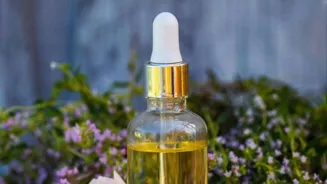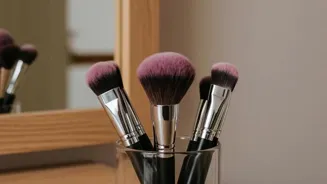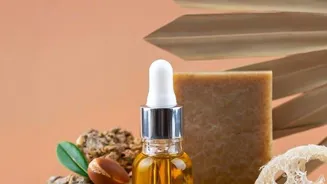Are face oils your skin's new BFF? Discover the benefits tailored for desi skin in this insightful guide
For years, face oils had a bit of a reputation. Many folks, especially those with oily or acne-prone
skin, steered clear of them thinking they would only clog pores and worsen the situation.
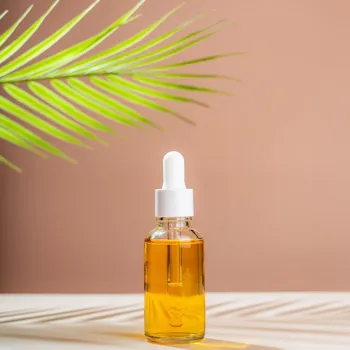
But times have changed, and face oils are now being hailed as powerful additions to any skincare routine, regardless of skin type. The key, as with any skincare product, lies in choosing the right oil for your specific needs and understanding how to use it correctly.
So, let's dive into the world of face oils and see what these elixirs can do for your skin, especially considering the unique challenges faced by desi skin in the Indian climate.
Incorporating face oil enhances skin health and appearance
The benefits of incorporating a face oil into your daily routine are multifaceted. In the most basic sense, face oils act as occlusives, meaning they create a protective barrier on the surface of your skin. This barrier helps to prevent water loss, keeping your skin hydrated and plump.
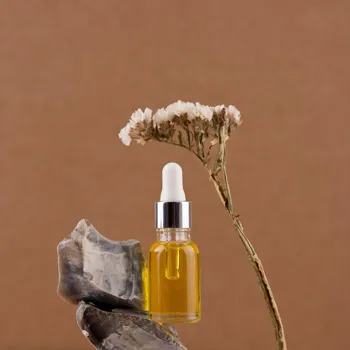
Hydrated skin is healthy skin – it looks more radiant, feels softer, and is less prone to fine lines and wrinkles.
In a dry climate, or even in air-conditioned environments, the ability of a face oil to lock in moisture can be a game-changer, preventing that tight, uncomfortable feeling of dehydrated skin. Moreover, many face oils are packed with antioxidants, vitamins, and essential fatty acids.
These ingredients can nourish the skin, protect it from environmental damage like pollution and sun exposure (though face oil is no match for sunscreen!), and even help to improve skin tone and texture over time.
Depending on the oil you choose, you could be targeting specific concerns like acne, hyperpigmentation, or dullness.
Face oils suitable for all skin types; choose wisely
Now, let's talk about common misconceptions. One of the biggest is that face oils are only for dry skin. This simply isn't true. In fact, certain oils, like jojoba oil and grapeseed oil, are excellent choices for oily and acne-prone skin.

Jojoba oil, for example, mimics the skin's natural sebum, tricking it into producing less oil. Grapeseed oil is lightweight and non-comedogenic, meaning it's unlikely to clog pores. The trick is to find an oil that balances your skin's natural oil production rather than exacerbating it.
Another misconception is that face oils will make you break out. While it's true that some oils can be comedogenic (pore-clogging), many are not. Again, research is key. Read labels, look for non-comedogenic options, and pay attention to how your skin reacts when you introduce a new oil.
It's always a good idea to patch test a new product on a small area of your skin before applying it to your entire face. This will help you identify any potential sensitivities or allergies.
Choosing the right face oil based on skin type for best results
Choosing the right face oil can feel overwhelming, but breaking it down by skin type can make the process easier. For dry skin, richer oils like argan oil, avocado oil, and rosehip oil are excellent choices.

These oils are deeply moisturizing and can help to replenish the skin's natural lipid barrier. For oily and acne-prone skin, lighter oils like jojoba oil, grapeseed oil, and tea tree oil are often recommended.
Tea tree oil is particularly beneficial for acne due to its antibacterial and anti-inflammatory properties. For sensitive skin, look for gentle, non-irritating oils like almond oil, chamomile oil, and calendula oil. These oils can help to soothe and calm the skin.
And for mature skin, oils rich in antioxidants and fatty acids, such as rosehip oil, pomegranate seed oil, and sea buckthorn oil, can help to combat the signs of aging. Remember, it’s about finding what works best for your individual skin. You also need to consider the climate like in India.
Incorporate face oil last in skincare routine for best results
Incorporating face oil into your skincare routine is mostly about timing and technique. Face oils are generally most effective when applied as the last step in your skincare routine, after your moisturizer. This helps to seal in all the other products and prevent moisture loss.
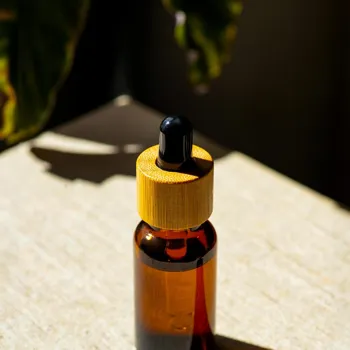
However, some people prefer to mix a few drops of face oil into their moisturizer for added hydration. You can also use face oil as a makeup primer for a dewy, glowing complexion. When applying face oil, warm a few drops between your palms and gently press it onto your skin.
Avoid rubbing or tugging, as this can irritate the skin. Massaging in the oil with gentle, upward strokes can help to improve circulation and promote lymphatic drainage. Also, less is often more. Start with just a few drops of oil and increase the amount as needed.
Applying too much oil can leave your skin feeling greasy and can potentially clog pores.
Tips for effective use of face oils: Listen to your skin, combine with hydrating products, multipurpose benefits
Finally, let's talk about some tips and tricks for using face oils effectively. One of the most important things is to listen to your skin. If your skin feels greasy or congested, you may be using too much oil or the wrong type of oil. Adjust your routine accordingly.

Another tip is to use face oils in conjunction with other hydrating products, such as hyaluronic acid serums or hydrating toners. Hyaluronic acid attracts moisture to the skin, while face oils help to lock it in.
This combination can provide intense hydration and leave your skin feeling soft and supple. You can also use face oils for other purposes. They can be used to tame frizzy hair, moisturize dry cuticles, or even remove makeup.
With so many benefits, it's no wonder that face oils are becoming a staple in skincare routines everywhere. The right oil can transform your skin.
AI Generated Content. Glance/InMobi shall have no liability for the content